Removing mould can be quite a challenge. This is the base of a unit that got damp and had been pushed against a wall. Unfortunately, mould has taken hold, but a deep clean removed most of this. Mould can penetrate deep and be very difficult to remove. Regular cleaning will stop any build up of dirts, bacteria and pollutant that if dampened could lead to situations such as this.
Mould can be a persistent and unwelcome guest in many homes, thriving in damp and humid environments. It’s not only unsightly but can also pose health risks, including respiratory issues and allergies. This guide aims to provide you with effective methods and tips to remove mould from your home and prevent its recurrence.
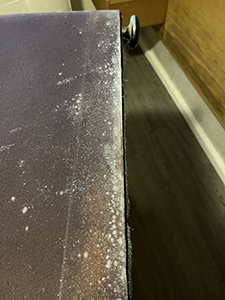 Understanding Mould
Understanding Mould
Mould is a type of fungus that grows in moist environments. It spreads by releasing tiny spores that can travel through the air and settle on surfaces. Common areas where mould can be found include bathrooms, kitchens, basements, and around windows.
Types of Mould
There are several types of mould, but the most common ones found in homes include:
- Aspergillus: Often found on dust, powdery foods, and building materials.
- Cladosporium: Typically found on wood, carpets, and fabrics.
- Stachybotrys (Black Mould): Found in places with high humidity, such as bathrooms and basements.
Health Risks Associated with Mould
Exposure to mould can cause various health issues, particularly for individuals with respiratory conditions, weakened immune systems, or allergies. Common symptoms include sneezing, coughing, wheezing, and skin irritation. Prolonged exposure can lead to more severe health problems.
Identifying Mould
Mould can often be identified by its musty odor and discoloration on surfaces. It can appear in various colors, including black, green, white, and orange. Look for mould in areas that are damp or have poor ventilation.
Removing Mould
When it comes to removing mould, it’s important to follow a systematic approach to ensure that it is effectively eradicated.
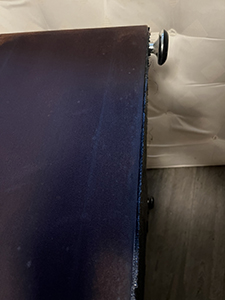 Materials Needed
Materials Needed
- Protective gear (gloves, mask, and goggles)
- Scrubbing brush
- Detergent or mould remover
- White vinegar or hydrogen peroxide
- Bleach (for tougher mould)
- Spray bottle
- Rags or sponges
Step-by-Step Guide
1. Preparation
Ensure that the area is well-ventilated by opening windows and doors. Wear protective gear to avoid inhaling spores or coming into direct contact with mould.
2. Cleaning the Mould
- For non-porous surfaces: Mix detergent with water and use a scrubbing brush to remove the mould. Rinse the area with clean water and dry it thoroughly.
- For porous surfaces: Use white vinegar or hydrogen peroxide. Spray the solution onto the mouldy area and let it sit for about an hour. Scrub the area and rinse with water.
- For tough mould: Use a bleach solution (1 cup of bleach to 1 gallon of water). Apply the solution to the affected area and let it sit for at least 15 minutes before scrubbing and rinsing.
3. Disposal
Dispose of any rags or sponges used to clean the mould in a sealed plastic bag. Wash your protective gear thoroughly.
Preventing Mould Growth
Preventing mould from returning is crucial. Here are some tips to keep mould at bay:
- Control humidity levels: Keep indoor humidity below 60%. Use dehumidifiers and air conditioners to help with this.
- Improve ventilation: Use exhaust fans in bathrooms and kitchens. Ensure that your home is adequately ventilated.
- Fix leaks promptly: Repair any leaks in roofs, walls, or plumbing to prevent moisture accumulation.
- Clean and dry damp areas: Regularly clean and dry areas prone to moisture, such as bathrooms and basements.
- Use mould-resistant products: Consider using mould-resistant paint and building materials in areas susceptible to mould.
Professional Help
In a lot of cases, it may be necessary to seek professional help. A lot of fabrics and carpets cannot be treated with bleach. Avoid the potential of damaging your valued items and call us. We are trusted professional cleaners offering services for carpets, upholstery, stone floors and vinyl flooring. Get in touch today by calling 07715 567685.
Mould removal requires diligence and a proactive approach. By understanding the nature of mould, taking appropriate removal steps, and implementing preventive measures, you can maintain a mould-free home. Remember, ensuring a clean and dry environment is key to preventing mould growth and safeguarding your health and home.
I am a time-served carpet cleaner, stone floor restoration specialist, leather restorer and upholstery cleaner serving Lancashire. I pride myself on using only the best products and state of the art machinery to provide exceptional finishes without exception.

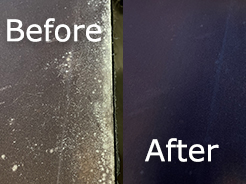
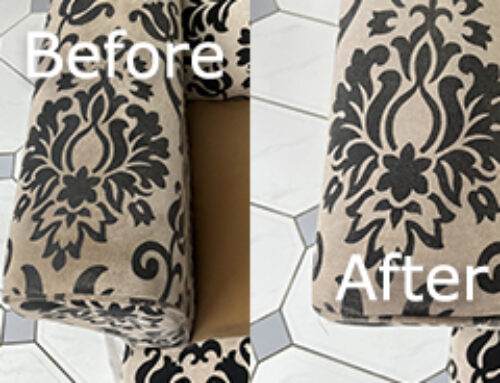
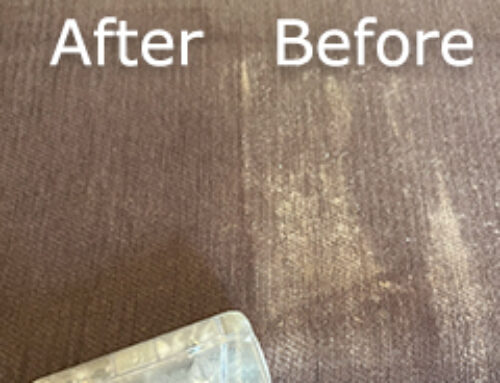
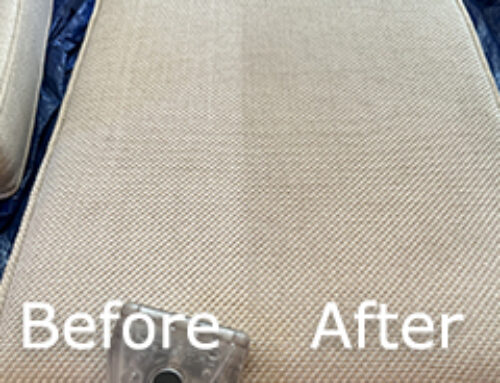
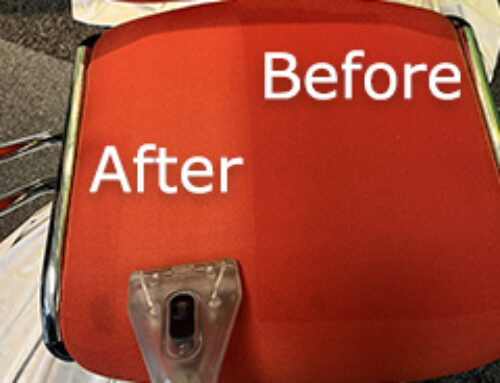
Leave A Comment